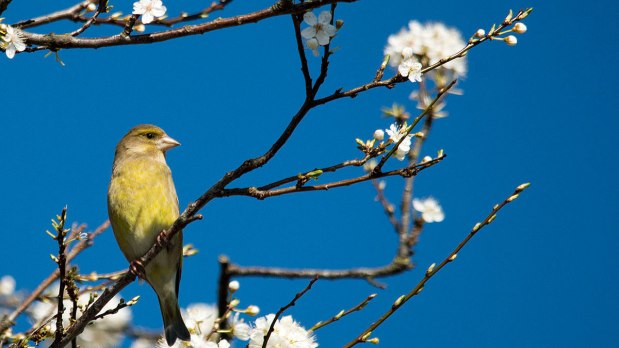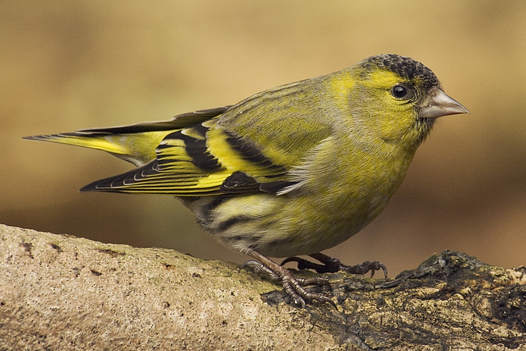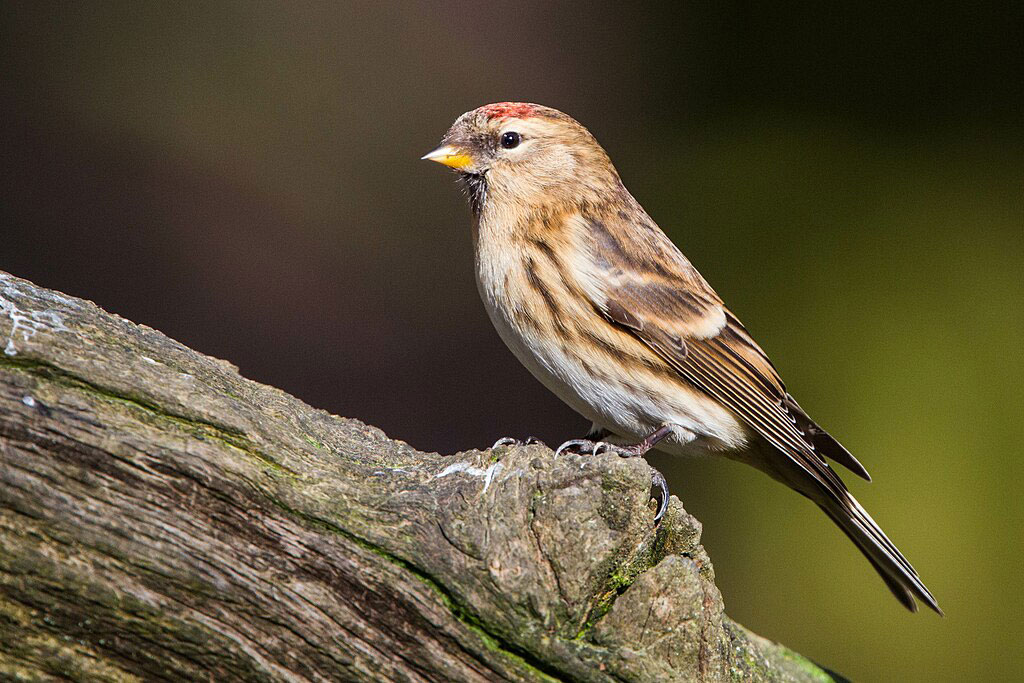There are plenty of smartphone apps for this purpose but without knowing what you’re likely to see or hear software such as Merlin or Birdnet can mislead if used in isolation. I’m not an expert but birder and fellow Kent walker Dave most definitely is. I’ve never seen him use an app. He just stands in the middle of the path for ages building up an aural picture from the space around us. “Chaffinches somewhere in that oak 30 metres to the right; greenfinch behind us, maybe 200 metres, nuthatch flying to those conifers… look, there it is, mistle thrush down low …” I find it quite annoying to be honest. But it’s a remarkable display of skill, patience and knowledge built up over years.
What doing the odd walk with Dave has taught me is that it’s best to learn a few calls of birds you are likely to see/hear and then, once you are familiar with them, start adding other likely species. Some, robin, blue and great tits, blackbird, you can learn from the garden or park. Cuckoo is obvious and one you can hear this month and in June on the Ide Hill, Chiddingstone and Hever walks in particular. Greenfinch is very distinctive too and dead easy to pick up once you know its chatter and “wheeze” – similar but different enough to more common goldfinch. You hear it more in parks and gardens though than on the KWNL walks.

It took me ages to realise that wrens were incredibly loud and identifiable; I’ve got that one down now, along with song thrush, greenfinch, chaffinch, long tailed tits, chiff chaff, blackcap, coal tit, goldcrest, and most recently, nuthatch. I’ve no idea what dunnocks sound like, so I better give that a listen, and treecreeper too. Bullfinch is a toughie because you really have to listen out for their weird “rusty gate”-like whistle and toots. Yellowhammer is easy. To see one of these I recommend the hedgerows on the Polhill route, once down on the valley floor; Fackenden Down hedges; the Eastern Valley walk and the Chevening walk. A great one to listen for now is common whitethroat. These have arrived from Africa now and are filling our hedgerows with song; they sound a bit like their cousins the blackcap but less rich and burbling. There are loads of other, less common, summer visitors to tick off, which all may be encountered on a walk at KWNL – willow warbler has a lovely song, nightingale obviously, garden warbler… Cetti’s warbler is startlingly loud and a bird that sings disconcertingly close to you but from deep inside a thorny dense bush, so you can’t see it.
So, I’d say use a combination of memory and app to recognise birdsong. Use the RSPB site and British Birdsongs to learn two or three bird species at a time, then use one of the smartphone apps to record and analyse what you hear – having listened out for the birds you’ve tried to memorise. It doesn’t seem easy at first but pretty soon you’ll start recognising the patterns. After all, it’s just music in another form and the difference between a chiffchaff and a wren will soon be as obvious as between Dua Lipa and, say, Raye. Or Chaka Khan and Whitney Houston. Or Teena Marie and Cindy Lauper. Or George Benson and Philip Bailey; Luther Vandross and Maurice White. I could go on, and would quite like to.










